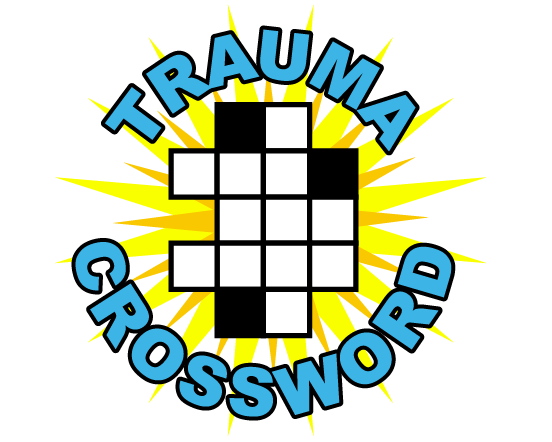|
|

|
*|MC_PREVIEW_TEXT|*
06/17/2025
|
|
IT’S TRAUMA TUESDAY is
a Free Weekly Newsletter
Brought to you by
TCAR Education Programs
|
|
For nurses and other clinicians practicing anywhere
along the trauma care spectrum
|
|
|
|
|
|
Take a quick test of your trauma care knowledge
|

|

|

|
|
|

|
|
Article of the Week
Firearm Injuries: The Fair Sex Fares Better
|
|
This study examined sex-based differences in firearms-related injuries using a matched analysis of data from the National Trauma Database between 2013 and 2019. Although women accounted for only 11.9% of firearm injuries, matched comparisons revealed that females had lower in-hospital mortality and complication rates than their male counterparts. These findings suggest there are sex-based differences in outcomes and highlight the need for further research to understand the underlying causes.
|
|
|
|
Zwemer C, Kartiko S, Forssten MP, et al. Firearms-related injury and sex: a comparative National Trauma Database (NTDB) Study. Trauma Surg Acute Care Open. 2023;8(1)
|
|
|

|
|
Trauma Happenings
June is National Gun Violence Awareness Month
|
|
What happens when a bullet reaches its point of impact? This 5-minute YouTube video from the JAMA Network demonstrates the effects of different missiles on tissue. Using ballistics gel, the video illustrates the permanent and temporary cavities formed when bullets of various sizes and velocities strike their target.
|
|
|
|
|
![]()
|

|
|
Western PTS Conference
|
|
Attention, all you pediatric trauma nurses! Join TCAR Education Programs in beautiful Sundance, Utah, July 9-11, for the annual Western Pediatric Trauma Society conference. This is a fun and intimate meeting where you can learn the latest and rub shoulders with the greatest in pediatric trauma care. Stop by the PCAR booth to say hello and pick up some of our famous fun ribbons.
|
|
|
|
|
|
You can reveal a letter or the entire word if you get stuck
|

|

|

|
|
|
![]()
|

|
|
Continuous ICP Monitoring: No Drill Required?
|
|
Researchers at the Georgia Institute of Technology have developed an ultra-thin intracranial pressure sensor that can be implanted in the brain WITHOUT drilling through the skull. Instead, it's threaded into the brain via the blood vessels. The nanomembrane sensor (a thin film) is positioned within the superior sagittal sinus. Intracranial pressure is detected through capacitance variation, and readings are transmitted to an external monitor. This innovative device is pending FDA approval, but what a cool idea! See details and a short video at the link below.
|
|
|
|
|

|
|
|
|
|
|
Follow Us
Want to join the trauma care conversation?
Follow Us on Facebook, Instagram, and X.
|

|
|
|
|
|

|
|
TCAR Education Programs
tcarprograms.org
info@tcarprograms.org
Office: (503) 608-4900
International Toll-Free: +1 800-800-2015
|
|
|
|
Copyright © 2025 TCAR Education Programs. All rights reserved.
You are receiving this email because you opted in by purchasing or registering for a course or subscribing to our newsletter on our website.
Want to change how you receive these emails?
You can
update your preferences or
unsubscribe
|